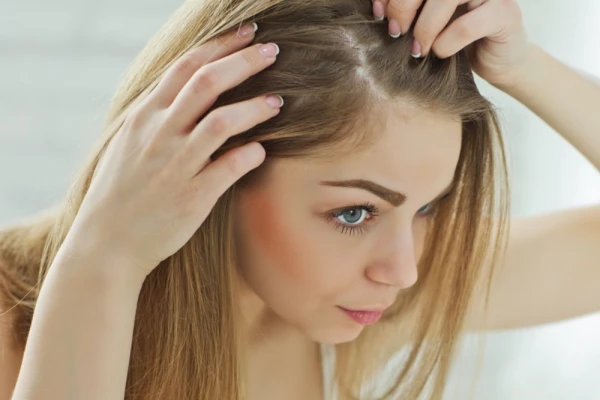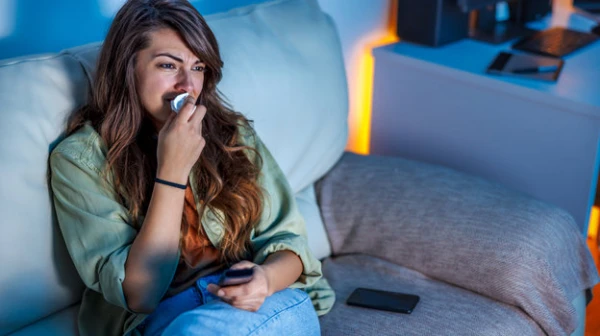
The physiological norm for hair loss is about 100 strands per day. However, everything changes depending on the season. Typically, hair begins to fall out more actively in autumn. The reason lies in changes in daylight and hormonal shifts, as well as the effects of summer stresses and ultraviolet radiation. The scientist explained how to distinguish a normal cycle from a problematic one and survive autumn and winter with minimal hair loss.
During the spring-summer period, when the days are long and filled with sunlight, our body receives a powerful natural signal for activity. The abundance of light suppresses the production of melatonin — the hormone responsible for sleep and rest. Instead, the 'daytime' hormones come into play: serotonin, which improves mood and circulation, and vitamin D, which is actively synthesized in the skin under the sun's rays. Hair is in a phase of active growth during this time, becoming thicker and stronger, so that by the end of the season, our hair looks as full as possible.
With the onset of autumn and winter, when the daylight becomes shorter, the concentrations of these substances decrease, resulting in some hair entering a resting state and gradually falling out. This phenomenon is characteristic of residents in all regions of the country.
"Under the influence of the decreasing amount of light, the pineal gland, on the contrary, increases the production of melatonin, which acts as a signal for hair follicles, transitioning them into a resting phase and stopping the growth of new hair," explains Valery Litvinov. "However, there is a lag of about 2-3 months between this hormonal signal and the actual hair loss, which is necessary to complete the biological cycle of hair separation from the follicles. This is why the peak of hair loss occurs in October-November, even though the mechanism was triggered back in August-September, making this seasonal 'shedding' a programmed renewal rather than a cause for concern.
In addition to hormonal changes, other factors also contribute to autumn hair loss. The summer heat, intense sunlight, and psycho-emotional stress create moderate physiological stress for the body. This often manifests as a delayed reaction and appears after 2-3 months. Thus, the autumn 'molt' can be a reflection of summer overloads.
An additional negative factor is ultraviolet radiation. An excess of UV rays can cause oxidative stress in the scalp, damaging hair follicle cells and disrupting their normal functioning. This damage can also affect the hair development cycle, hastening the onset of the resting phase and subsequent shedding.
It is quite simple to distinguish natural seasonal hair loss from problematic loss. A moderate increase in the number of hairs on a comb or after washing in autumn is considered normal — this is a physiological process that does not require intervention. Alarming signals include large clumps of hair falling out, the appearance of noticeable bald patches or thinning areas. Such symptoms indicate a different nature of the problem and require mandatory consultation with a specialist.
Evolution also plays a role in natural hair loss.
"For our ancestors, seasonal shedding was a mechanism of adaptation: thick winter fur retained heat, while summer fur protected against overheating and ultraviolet radiation," says researcher Valery Litvinov. "Social progress (clothing, housing) eliminated the adaptive value of this trait, but the biological mechanism regulated by photoperiod and hormones has remained as an archaic biorhythm.
According to the expert, maintaining hair quality requires a comprehensive approach: balanced nutrition, proper care, a healthy lifestyle, and an anti-stress strategy.
Stress, especially chronic stress, disrupts blood supply to hair follicles, provoking hair loss. A similar effect is observed after infections such as COVID-19, when the body's resources are directed towards fighting the illness, and hair temporarily receives less nourishment. As for cosmetic procedures (mesotherapy, plasma therapy), they can be beneficial in cases where seasonal shedding exacerbates existing issues with hair density. However, if the loss is not critical and is temporary, such interventions are unnecessary. The main focus should be on overall health strengthening and stress prevention.














Leave a comment